Chopstick rest – What image do these words bring to you?
Today, let me introduce one of the beautiful aspects of Japanese culture, using chopstick rests.
☆History
First, this is what I learned about the history of chopsticks and chopstick rests in Japan.
- Around the 7th century: Chopsticks began to be used for Sinto rituals.
- In the Heian era (794-1185) : People put chopsticks straight up in the rice. Now, this is only for funerals and a big no-no in our daily lives.
- In the Edo era (1603-1868) : Some people started using chopstick rests, but it was still uncommon. People used individual small tables when they ate.
- In the Meiji era (1868-1912) : Families started eating at the same table and using chopstick rests.
- Using chopstick rests in daily life is only done in Japan, although chopsticks are used in many countries.
☆Advantages of using chopstick rests
To be honest, not every Japanese person uses a chopstick rest every time they eat something. However, some people value using them, and I’m one of them. I might be a bit biased, but let me think about the advantages as a chopstick rests lover!
1) Hygiene
Obviously, it avoids the tip of the chopsticks from touching the table when you are not using them. Even if someone wipes the table, it must be a good idea not to believe the surface of the table is perfectly sanitized.
2) Table manners
When you want to put your chopsticks somewhere during your meal, your chopstick rest plays an important role. Do you think that you can put it on your plate or bowl? It is called “watashi bashi.” Watashi means to cross, and bashi or hashi means chopsticks, and it’s a breach of etiquette in Japan. Also, it shows that you have finished eating, so you had better not do it if you’re just taking a break while eating.
3) For diet
This is just my idea, but there’s a slight possibility that chopstick rests can help your diet be successful. Chewing many times will make your stomach feel satisfied, so you can avoid eating too much. Let’s try putting your chopsticks on your favorite chopstick rest. Your chewing time might get a bit enjoyable!
4) For fun to collect, choose and use
No need to explain! I want you to understand how I feel after reading this article till the end.
☆Let’s enjoy the change of seasons!
We have four distinct seasons in Japan. Or it might be better to say that we have five seasons – spring, rainy season, summer, fall and winter, and many Japanese people enjoy the change of seasons. One of my ways to welcome the new season is to change the chopstick rest I use!
Now, let me introduce some of my collection.
1) Pine, bamboo, apricot (New Year’s Day)

Pine, bamboo and apricot trees are called sho-chiku-bai (松竹梅) in Japanese and considered to be lucky charms in Japan. That’s because these sets are often used for New Year’s. Sho-chiku-bai is also used to describe the level of cuisine. Pine (sho or matsu) is premium, bamboo (chiku or take) is special, and apricot (bai or ume) is standard.
2) Cherry blossom (Spring)

Cherry blossoms mark the coming of spring in Japan. We enjoy seeing them during their limited season, and there are tons of cherry blossom related items, foods and drinks.
3) Frog (rainy season)
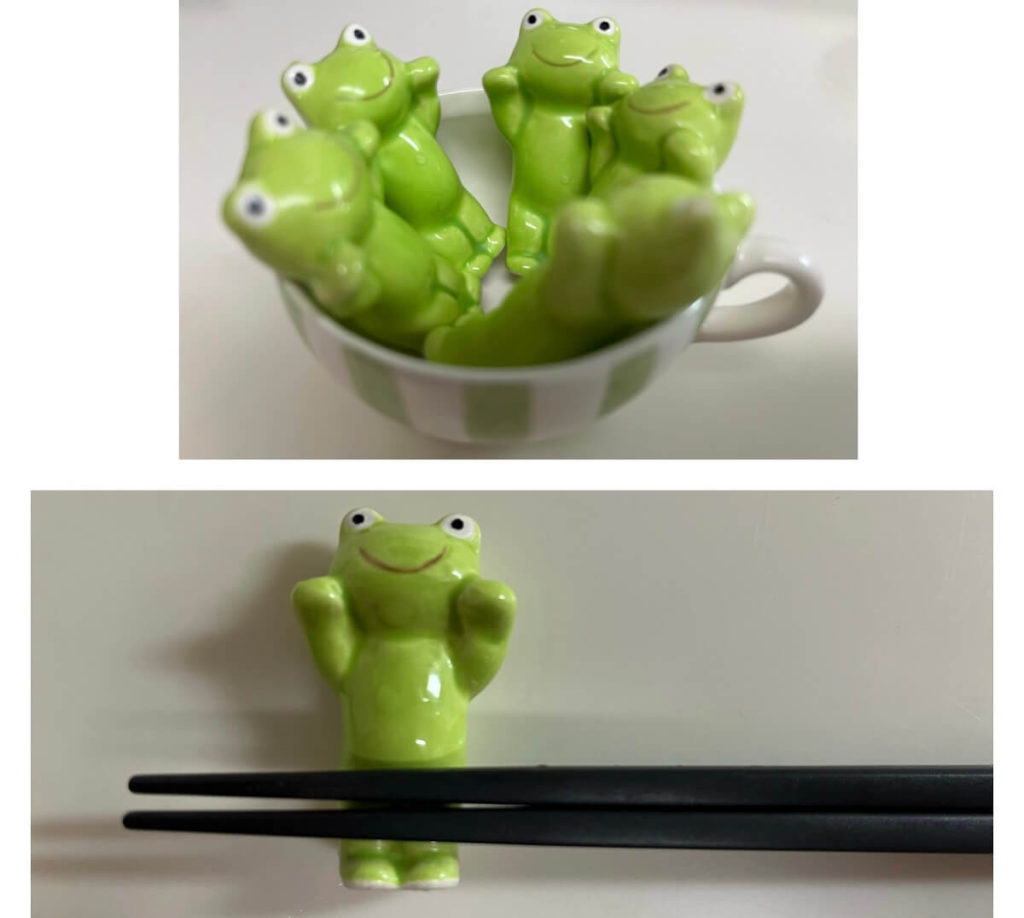
I grew up in the countryside surrounded by rice fields. For good or bad, my background music used to be frogs’ singing, especially around the rainy season. Frogs love rainy days, right? This frogs’ set was a present from my best friend!
4) Water pistol and rake (Summer)
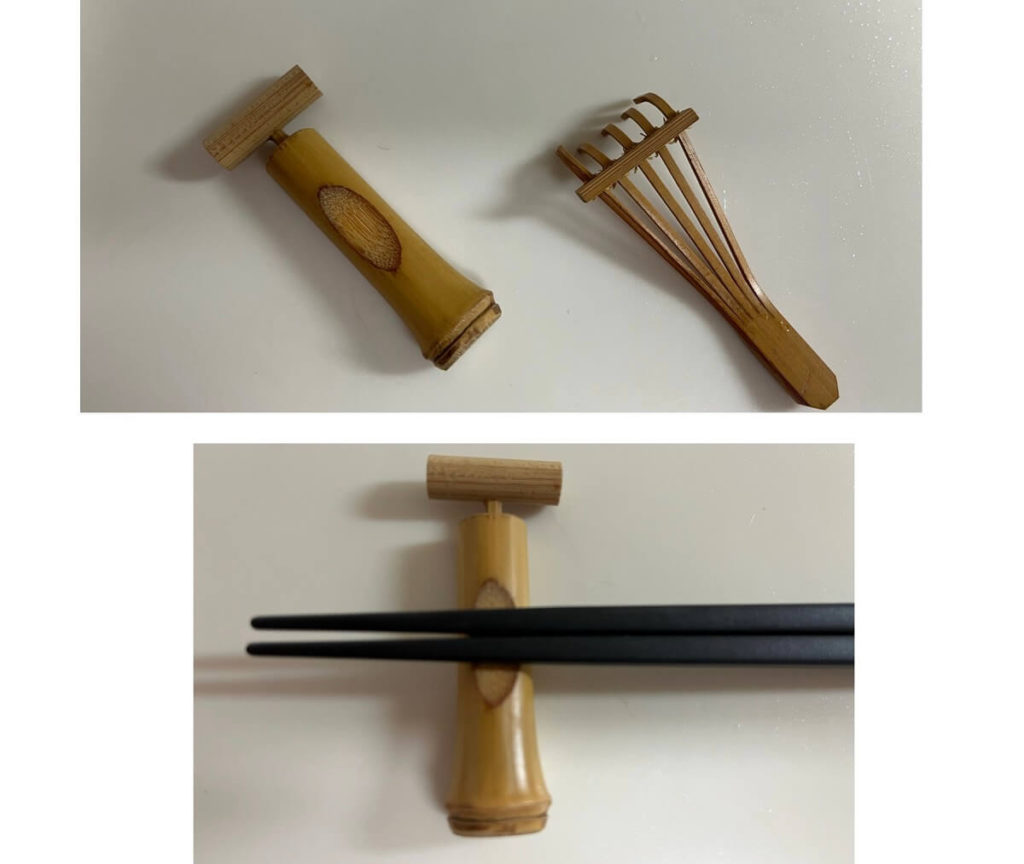
Take a look at these bamboo works created by artisans. Children in the old days are said to have played with this type of water pistol. In terms of the rake, I slightly remember seeing it as a kid. For me, bamboo reminds me of summer, so these miniature works cool me down on a scorching hot day.
Extra edition 1) Miniature Dachshund

For the people who don’t use chopsticks, thanks for waiting! This is for you!! You can use this to put your fork and knife on. However, this is not the only way to use it. I want to recommend that people who love curry and rice with salad use it to put a spoon and chopsticks all together. You might want to use a fork instead of chopsticks, but as far as I know, many Japanese people like to use chopsticks to eat up all the tiny slices of lettuce!

Extra edition 2) Paper works
Let’s say you go to an izakaya, a Japanese bar, with your Japanese friends. You are lucky if you have opportunities to see them making chopstick rests with paper chopsticks’ envelopes while drinking and chatting. Do you want to try? I’m sure you’ll be a star there! Depending on the level though.
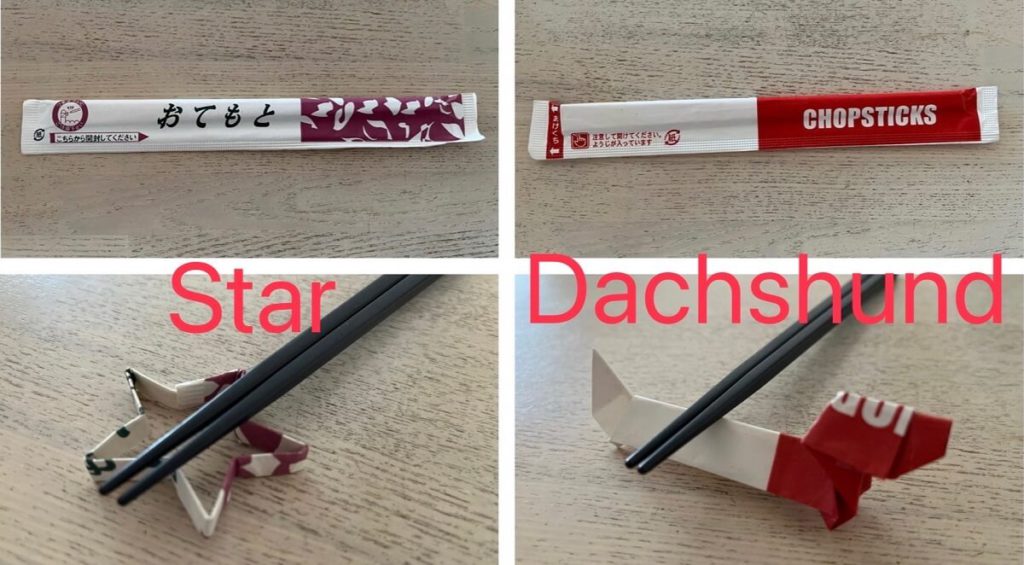
☆Enjoy your life!
How do you feel about chopstick rests now? Preparing a chopstick rest for each meal takes just a few seconds, and it slows down your life. It is one of my daily routines that I’ve cherished since I was a kid. Even if you are starving, why don’t you wait just a second before eating and be thankful for your meal?
Also, if you’re interested in the Japanese magical phrase “Itadakimasu” to say before eating, please check my other article “Itadakimasu!”
Thank you for taking your time out to read this article!
Working for an English language school. My source of energy is our students’ smiles full of curiosity. I love visiting my friends in and outside of Japan.

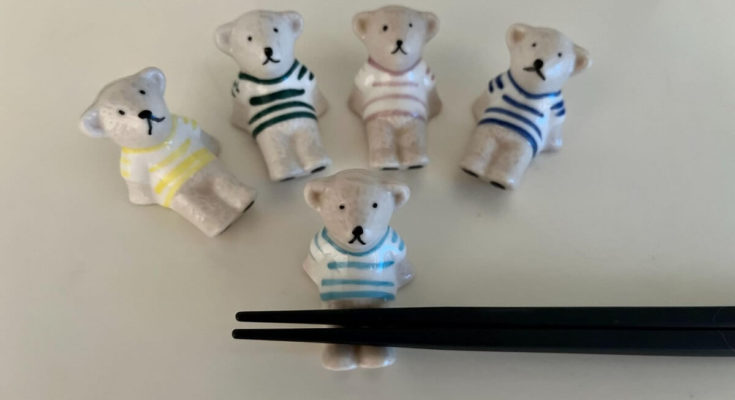
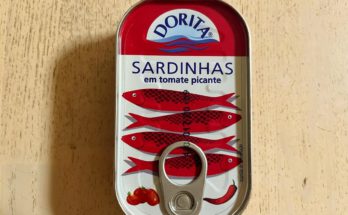

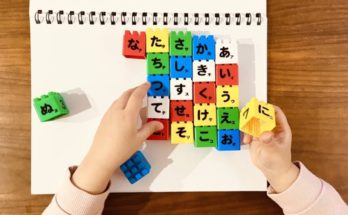
 HTJ has a YouTube page! Check it out
HTJ has a YouTube page! Check it out
Hi, Rei san!
I enjyoed your article as always.
I also like chopstic rest and actually I have the bear one wearing a blue stripe shirt in the 1st picture!
The first reason I use a chopstic rest is for hygiene, but as you said, collecting them is fun!
Thank you for sharing many kinds of chopstic rest!
Hi, Akiko-san! I’m happy to know you’re also enjoying using chopstick rests, and you have the bear one too!! Let’s take some time to choose it and enjoy every meal!
Hi Reiko-san,
Such a nice article again, congratulations!
This is the first time I saw a chopstick rest! It’s so inviting to make some, out of paper and will encourage my friends to make their own and use their creations, too. Very helpful, Reiko-san.
Thank you for sharing!
Thanks for reading my article, Dionita! You can check some YouTube channels and make your own chopstick rests by using any paper you have. Actually, we can find cute ones even at 100 yen shops. I’ll show you some next time!!
Not at all, Reiko-san! Hoping to see more of your articles 🙂
Thanks for always encouraging me!! Yes! I’m excited to dive into more topics.